You are now leaving the Strong Valley Wealth & Pension, LLC ("Strong Valley") website. By clicking on the "Schwab Alliance Access" link below you will be entering the Charles Schwab & Co., Inc. (“Schwab”) Website. Schwab is a registered broker-dealer, and is not affiliated with Strong Valley or any advisor(s) whose name(s) appears on this Website. Strong Valley is/are independently owned and operated. Schwab neither endorses nor recommends Strong Valley. Regardless of any referral or recommendation, Schwab does not endorse or recommend the investment strategy of any advisor. Schwab has agreements with Strong Valley under which Schwab provides Strong Valley with services related to your account. Schwab does not review the Strong Valley website(s), and makes no representation regarding the content of the Website(s). The information contained in the Strong Valley website should not be considered to be either a recommendation by Schwab or a solicitation of any offer to purchase or sell any securities.
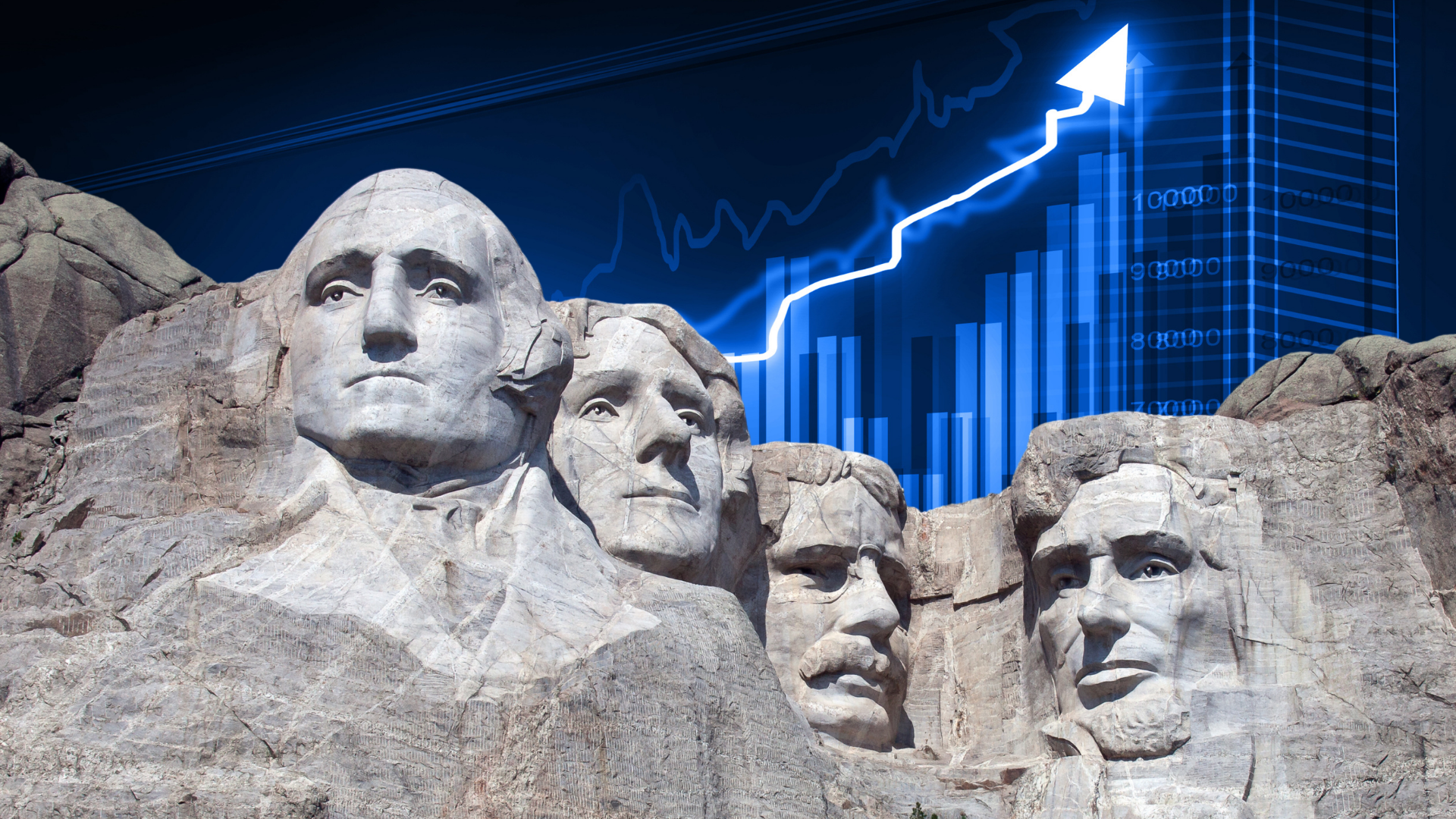
Every four years, Washington D.C. and Wall Street converge as Americans elect a president and Wall Street tries to figure out what the outcome means for the stock and bond markets. And since so many hypotheses on this topic abound, it’s hard to keep track of them all. Part II in this series of ranking presidents might surprise you.

Every four years, Washington D.C. and Wall Street converge as Americans elect a president and Wall Street tries to figure out what the outcome means for the stock and bond markets. And since so many hypotheses on this topic abound, it’s hard to keep track of them all.
For example, there are those who swear that Wall Street performs better when:
But what if we ranked the best and worst presidents simply by the performance of the stock market? Surely that would settle the debate as to which president was best for investors, right? Well, while it sounds easy – and the editors at Kiplinger did rank presidents from worst to best according to the stock market – there are a few big caveats to consider.
Caveat #1: Since the Office of the President was established in 1789, America has had 44 different presidents. And just three years later, Wall Street was officially founded on May 17, 1792 with the signing of the Buttonwood Agreement.
But for the most part, there really was no “stock market” until the late 1800s, meaning it doesn’t make sense to include the first 22 presidents. So this analysis starts with the election of 1888.
Caveat #2. The Dow Jones Industrial Average was first published on May 26, 1896 and it followed the 12 largest companies in each sector. Today, it tracks 30 companies. The other very commonly-used index – the S&P 500 – although introduced in 1957 it does track data back to the late 1920s. The editors of Kiplinger decided to use the S&P 500 from President Hoover to the present and the DJIA for earlier.
Caveat #3. Returns do not include dividends. Over the last few decades, dividends have become a smaller component of total returns, so not including dividends will tend to favor more recent presidents.
Caveat #4. Data is not adjusted for inflation. This will tend to help presidents of inflationary times (Carter and Ford) and hurt presidents of deflationary times (Hoover and Bush).
Final Caveat. This one is sure to spark heated debate, but it seems fair to not include President Trump on this list simply because his presidency is still going.
Part I brought us this list:
#1: President Herbert Hoover (-30.8% per year)
#2: President George W. Bush (-5.6% per year)
#3: President Grover Cleveland (-4.9% per year)
#4: President Richard Nixon (-3.9% per year)
#5 of 22
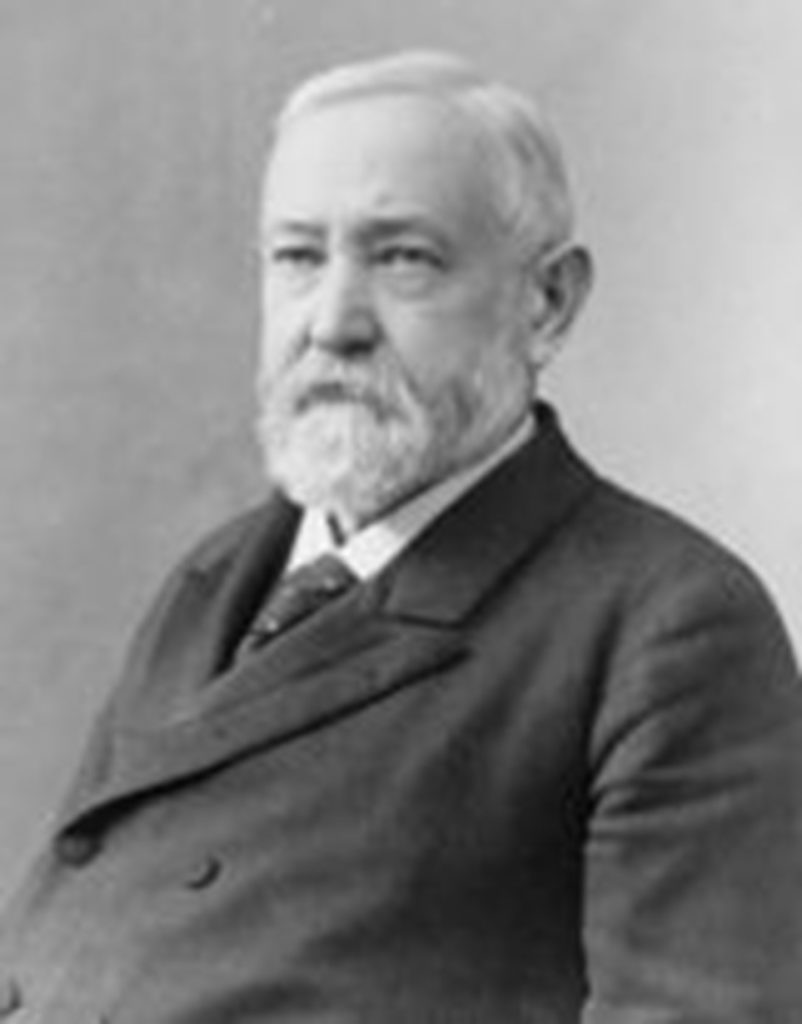
President Benjamin Harrison, Republican
How much do you really know about one-term President Benjamin Harrison? Trivia experts might recall that he was the grandson of President William Henry Harrison, which makes those two the only grandfather-grandson pair to have lived in the White House.
Harrison’s presidency was mostly unremarkable, although under his watch the federal budget passed the $1 billion threshold (today it is about $4.8 trillion).
During his time in office, he did help pass the McKinley Tariff, which imposed historical trade tariffs, as well as the Sherman Antitrust Act.
#6 of 22
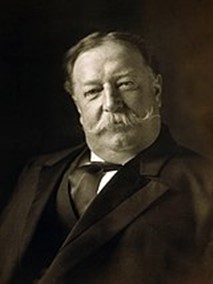
President William Howard Taft, Republican
Not unlike President Harrison, you probably don’t know much about President Taft either, another one-term president. And the stock market was as equally unremarkable during his presidency, losing 0.1% each year.
Besides his interesting mustache, Taft was the only person to ever serve as president and Chief Justice of the Supreme Court. So there’s that.
Taft did push for more businesses to be broken up through lawsuits brought under the Sherman Antitrust Act, including suits against Standard Oil and American Tobacco and U.S. Steel.
#7 of 2
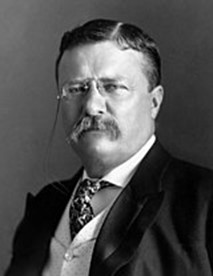
President Theodore Roosevelt, Republican
President Roosevelt is actually on the real Mount Rushmore, but he wouldn’t be if stock market performance was one of the criteria. And interestingly, Roosevelt was never supposed to be president, but became the youngest president ever after President McKinley was assassinated.
One of America’s more colorful presidents, Roosevelt could also be confrontational and controversial as he fully embraced his cowboy, Rough Rider brand whenever he could.
Roosevelt also continued breaking up companies by bringing lawsuits under the Sherman Antitrust Act and helped launch the Department of Commerce and Labor.
#8 of 22
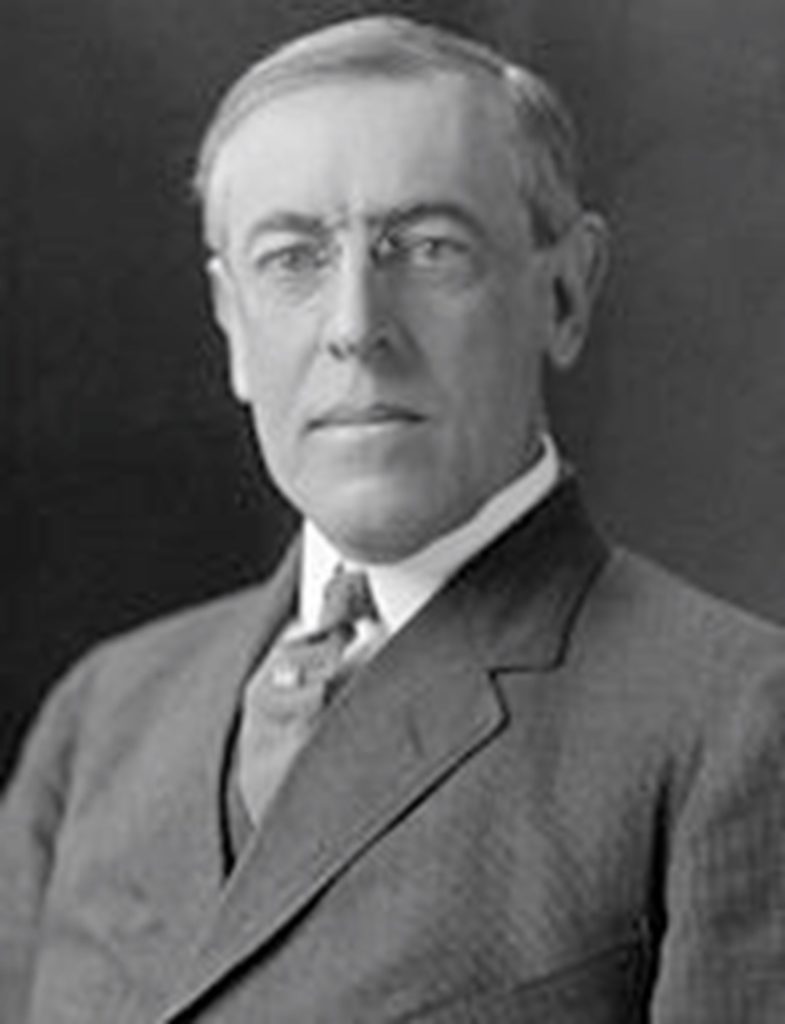
President Woodrow Wilson, Democrat
President Woodrow Wilson accomplished a lot during his two terms, including bringing back federal income taxes, creating a division which eventually became the Internal Revenue Service and introducing the Federal Reserve System.
In addition, on April 2, 1917, Wilson led the country into World War I when he asked Congress for a declaration of war against Germany, arguing that Germany was engaged in "nothing less than war against the government and people of the United States."
Generally considered a president who accomplished a great deal, the stock market during his presidency was rather lackluster, in part because of the cloud of WWI.
Next week will bring Part III and the list will include a few presidents that you likely know much more about. Including a peanut-farmer turned president.



